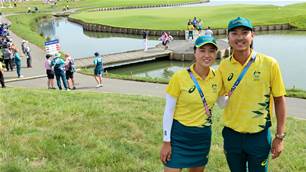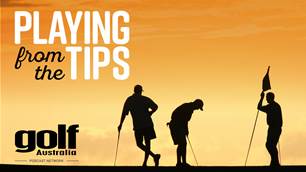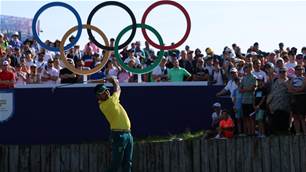With the addition of five new sports for 2020, the Olympics makes its agenda clear.
Barely after the women’s footballers kicked off the 2016 Olympics, the Games junkies among us were already looking ahead four years with the news of five new sports being added to the program.
Whatever may be said of the new class of sports making plans for Tokyo, it’s not like the IOC didn’t warn us. When it presented its Agenda 2020 strategy at the end of 2014, most of the focus was on a renewed IOC commitment to ending the costly bid processes that were beginning to drive away potential host cities. But there were a couple of other interesting intentions tucked in there, including an expression of creating greater relevance to new audiences, as well as the concise and innocuous-sounding: “Move from a sport-based to an event-based programme.”
What that meant was not to think of the Games as a set number of sports, but a flexible one. Gigantism has afflicted the program for a while now, and the IOC has been reluctant recently to add sports. But with baseball/softball’s return in 2020, and the addition of karate, surfing, skateboarding and sport climbing, that reluctance is past.
According to the IOC, the quota for competitors or events in existing sports won’t be affected. But with the new disciplines (wonder how the surfies and skaters are going to like having their sports referred to as “disciplines”) amounting to 18 events and 474 athletes, it’s hard to see how the IOC won’t take the chance to take the knife to the more esoteric parts of the programme (or even relatively mainstream ones, like it did with wrestling).
In any event, the intent is clear, and the implications for those who value the historic continuity of the Olympics should be worried – host cities will have the power to add sports, the IOC is making a grab for relevance (like it did with the snowboarders at the Winter Games) and we’re likely to see the programme go through some unusual gyrations over the next couple of Olympiads. While we’re at it, any chance we can get tug-of-war back in?
Related Articles

Min Woo backs Minjee to win the medal that eluded him

Playing From The Tips Ep.75: Women's Olympics, Wyndham & more













